Related Research Articles

Edward Sapir was an American Jewish anthropologist-linguist, who is widely considered to be one of the most important figures in the development of the discipline of linguistics in the United States.
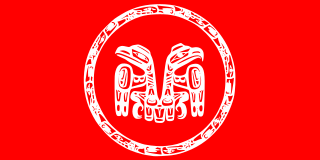
Haida are an indigenous group who have traditionally occupied Haida Gwaii, an archipelago just off the coast of British Columbia, Canada, for at least 12,500 years.

A potlatch is a gift-giving feast practiced by Indigenous peoples of the Pacific Northwest Coast of Canada and the United States, among whom it is traditionally the primary governmental institution, legislative body, and economic system. This includes the Heiltsuk, Haida, Nuxalk, Tlingit, Makah, Tsimshian, Nuu-chah-nulth, Kwakwaka'wakw, and Coast Salish cultures. Potlatches are also a common feature of the peoples of the Interior and of the Subarctic adjoining the Northwest Coast, although mostly without the elaborate ritual and gift-giving economy of the coastal peoples.

The Kwakwa̱ka̱ʼwakw, also known as the Kwakiutl are one of the indigenous peoples of the Pacific Northwest Coast. Their current population, according to a 2016 census, is 3,665. Most live in their traditional territory on northern Vancouver Island, nearby smaller islands including the Discovery Islands, and the adjacent British Columbia mainland. Some also live outside their homelands in urban areas such as Victoria and Vancouver. They are politically organized into 13 band governments.

The Nuu-chah-nulth, also formerly referred to as the Nootka, Nutka, Aht, Nuuchahnulth or Tahkaht, are one of the indigenous peoples of the Pacific Northwest Coast in Canada. The term Nuu-chah-nulth is used to describe fifteen related tribes whose traditional home is on the west coast of Vancouver Island.

Port Alberni is a city located on Vancouver Island in the province of British Columbia, Canada. The city lies within the Alberni Valley at the head of the Alberni Inlet, Vancouver Island's longest inlet. It is the location of the head offices of the Alberni-Clayoquot Regional District. Port Alberni currently has a total population of 18,259.

Prehistoric Alaska begins with Paleolithic people moving into northwestern North America sometime between 40,000 and 15,000 years ago across the Bering Land Bridge in western Alaska; a date less than 20,000 years ago is most likely. They found their passage blocked by a huge sheet of ice until a temporary recession in the Wisconsin glaciation opened up an ice-free corridor through northwestern Canada, possibly allowing bands to fan out throughout the rest of the continent. Eventually, Alaska became populated by the Inuit and a variety of Native American groups. Trade with both Asia and southern tribes was active even before the advent of Europeans.

Tseshaht First Nation is an amalgamation of many tribes up and down Alberni Inlet and in the Alberni Valley of central Vancouver Island in the Canadian province of British Columbia. They are a member of the Nuu-chah-nulth Tribal Council which includes all other Nuu-chah-nulth-aht peoples except the Pacheedaht First Nation.
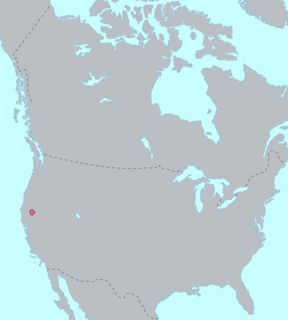
The Yana were a group of Native Americans indigenous to Northern California in the central Sierra Nevada, on the western side of the range. Their lands, prior to encroachment by white settlers, bordered the Pit and Feather rivers. They were nearly destroyed during the California genocide in the latter half of the 19th century. The Central and Southern Yana continue to live in California as members of Redding Rancheria.
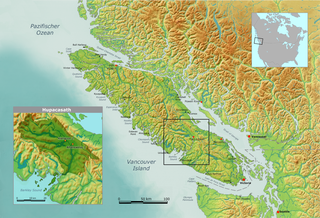
The Hupacasath First Nation is a First Nations government based in the Alberni Valley on the west coast of Vancouver Island in British Columbia, Canada. It is a member of the Nuu-chah-nulth Tribal Council. An alternate spelling of Hupacasath is Opetchesaht or Opitchesaht. Hupacasath First Nation consists of approximately 300 members across five reserves.
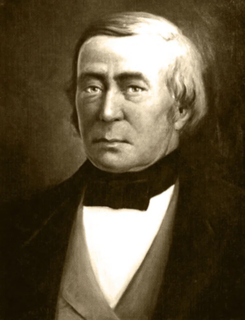
Thomas Fitzpatrick was an Irish-American fur trader, Indian agent, and mountain man. He trapped for the Rocky Mountain Fur Company and the American Fur Company. He was among the first white men to discover South Pass, Wyoming. In 1831, he found and took-in a lost Arapaho boy, who he had schooled in St. Louis, Missouri; Friday became a noted interpreter and peacemaker and leader of a band of Northern Arapaho.
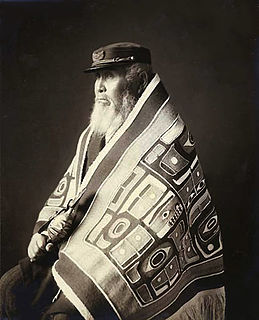
The Indigenous peoples of the Pacific Northwest Coast are composed of many nations and tribal affiliations, each with distinctive cultural and political identities. They share certain beliefs, traditions and practices, such as the centrality of salmon as a resource and spiritual symbol, and many cultivation and subsistence practices. The term Northwest Coast or North West Coast is used in anthropology to refer to the groups of Indigenous people residing along the coast of what is now called British Columbia, Washington State, parts of Alaska, Oregon, and Northern California. The term Pacific Northwest is largely used in the American context.

The culture of the Tlingit, an Indigenous people from Alaska, British Columbia, and the Yukon, is multifaceted, a characteristic of Northwest Coast peoples with access to easily exploited rich resources. In Tlingit culture a heavy emphasis is placed upon family and kinship, and on a rich tradition of oratory. Wealth and economic power are important indicators of status, but so is generosity and proper behavior, all signs of "good breeding" and ties to aristocracy. Art and spirituality are incorporated in nearly all areas of Tlingit culture, with even everyday objects such as spoons and storage boxes decorated and imbued with spiritual power and historical associations.
George Clutesi,, was a Tseshaht artist, actor and writer, as well as an expert on and ambassador for all Canadian First Nations culture.
Andy Paull, was a Squamish leader, activist, coach, and lawyer.
Squamish culture is the customs, arts, music, lifestyle, food, painting and sculpture, moral systems and social institutions of the Squamish indigenous people, located in the southwestern part of British Columbia, Canada. They refer to themselves as Sḵwx̱wú7mesh. They are a part of the Coast Salish cultural group. Their culture and social life is based on the abundant natural resource of the Pacific Northwest coast, rich in cedar trees, salmon, and other resources. They have complex kinship ties that connect their social life and cultural events to different families and neighboring nations.

A transformation mask, also known as an opening mask, is a type of mask used by indigenous people of the Northwest Coast and Alaska in ritual dances. These masks usually depict an outer, animal visage, which the performer can open by pulling a string to reveal an inner human face carved in wood to symbolize the wearer moving from the natural world to a supernatural realm. Northwest coast peoples generally use them in potlatches to illustrate myths, while they are used by Alaska natives for shamanic rituals.
The Matsqui First Nation is the band government of the Matsqui people, a Sto:lo Aboriginal group located in the Central Fraser Valley region, at Matsqui, in the northern part of Abbotsford, British Columbia, Canada. They are a member government of the Sto:lo Nation tribal council.

The potlatch ban was legislation forbidding the practice of the potlatch passed by the Government of Canada, begun in 1885 and lasting until 1951.
The traditional potlatch among Athabaskan peoples was a gathering that combined aspects of competition, peacekeeping and a show of wealth.
References
- ↑ Dewhirst, John. "Tseshaht". The Canadian Encyclopedia.
- ↑ Christopher Moseley, Encyclopedia of the World's Endangered Languages, Routledge, 2007, p. 68.
- ↑ Golla, Victor, The Records of American Indian Linguistics
- ↑ "Alec Thomas biographical article". Treshaht First Nation website. Retrieved October 20, 2007.